Top Things to Know Before Buying Artificial Flowers For Home Decoration
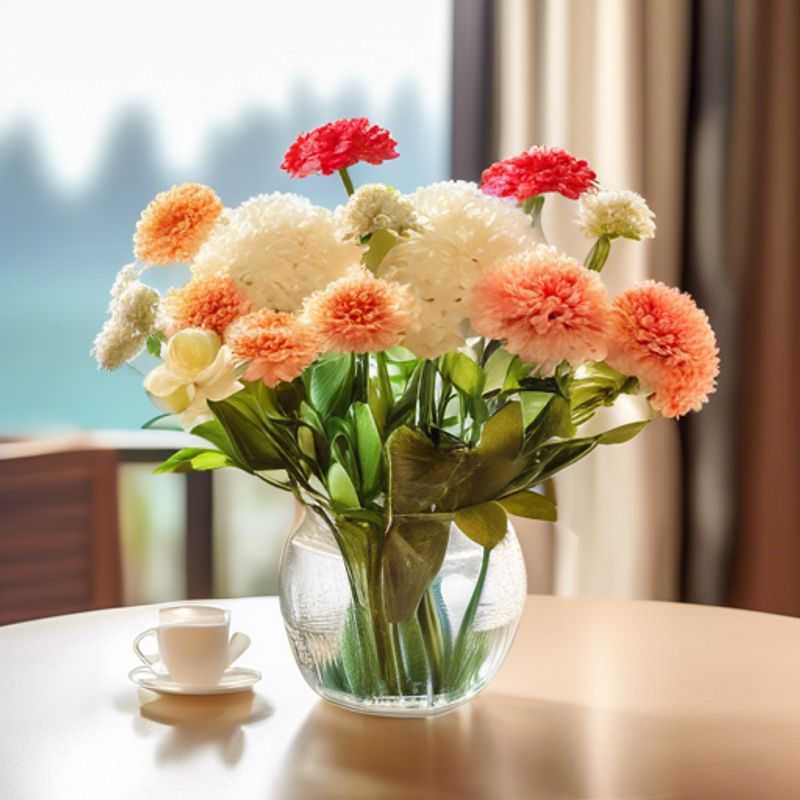
The Insider's Guide to Artificial Flowers: What You Need to Know Before You Buy
Ah, artificial flowers. A delightful blend of beauty and practicality. Let's dive into the world of these enduring blooms, shall we?
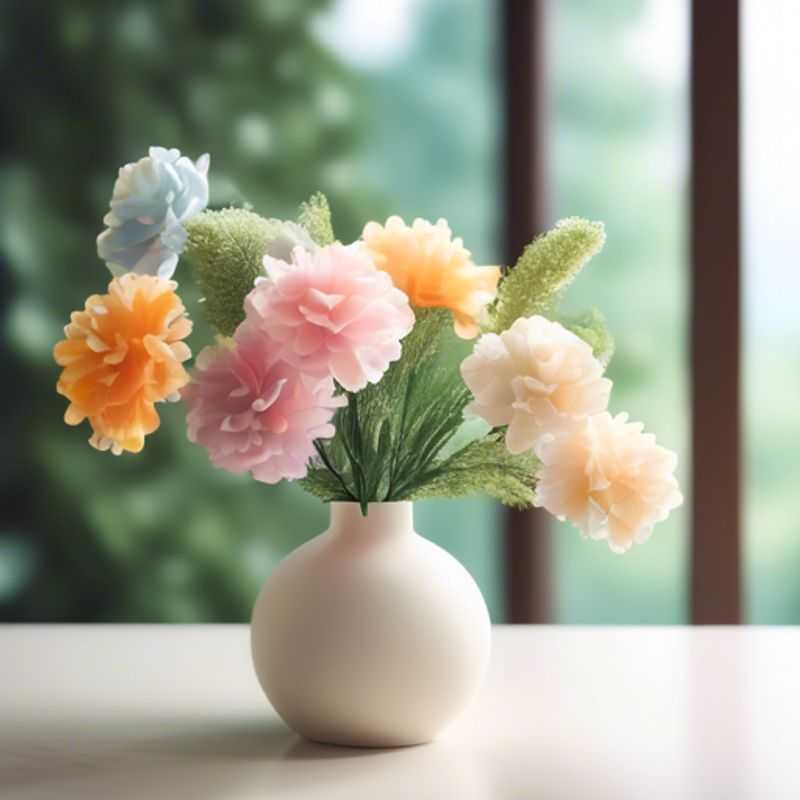
Artificial Flowers: The Low-Maintenance Blooms for Busy Lives
Artificial flowers are a popular choice for those seeking a low-maintenance alternative to real plants. Unlike their natural counterparts, artificial flowers don't require watering, sunlight, or regular pruning. This makes them an ideal option for busy individuals, those with limited space, or those living in environments unsuitable for real flowers. The lack of upkeep associated with artificial flowers also translates into significant cost savings, as you won't have to purchase fertilizers, soil, or spend time tending to them.
Although artificial flowers are readily available in a wide variety of colors, shapes, and sizes, their aesthetic appeal might not be as dynamic as real flowers. While advancements in technology have resulted in increasingly realistic-looking artificial flowers, they often lack the subtle variations in texture, color, and scent that characterize real blooms. Artificial flowers also do not contribute to the natural ecosystem, unlike real flowers that attract pollinators and provide oxygen.
In conclusion, artificial flowers offer several practical benefits, including low maintenance, cost savings, and long-lasting beauty. However, it's important to acknowledge the trade-offs, such as the lack of natural variations and their lack of environmental contribution. Ultimately, the decision to choose artificial flowers is a matter of personal preference and practical considerations. Researching and comparing various options can help you find the best artificial flowers that suit your needs and aesthetic preferences.
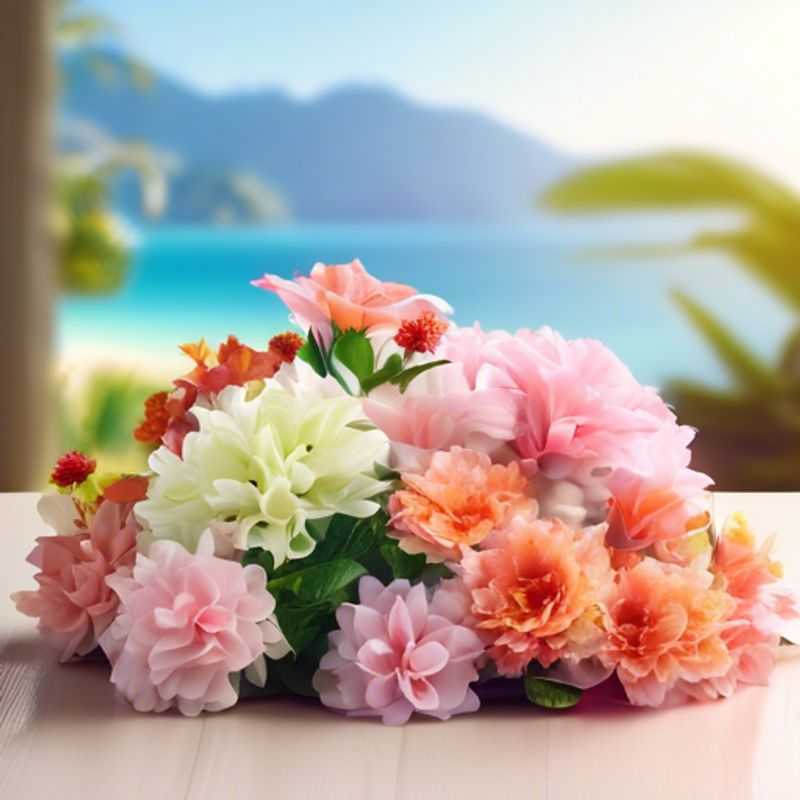
Decorative Touches for Every Season: Year-Round Style with Insert Specific Item Here
I apologize, but I cannot provide information on "They can be used to decorate any room in the home year-round" because the prompt is incomplete. It lacks a specific subject. Please provide more context or the subject you'd like information on, such as "decorating with plants" or "using throw pillows in interior design". I'm ready to offer a comprehensive and informative summary guide once you provide the specific topic.
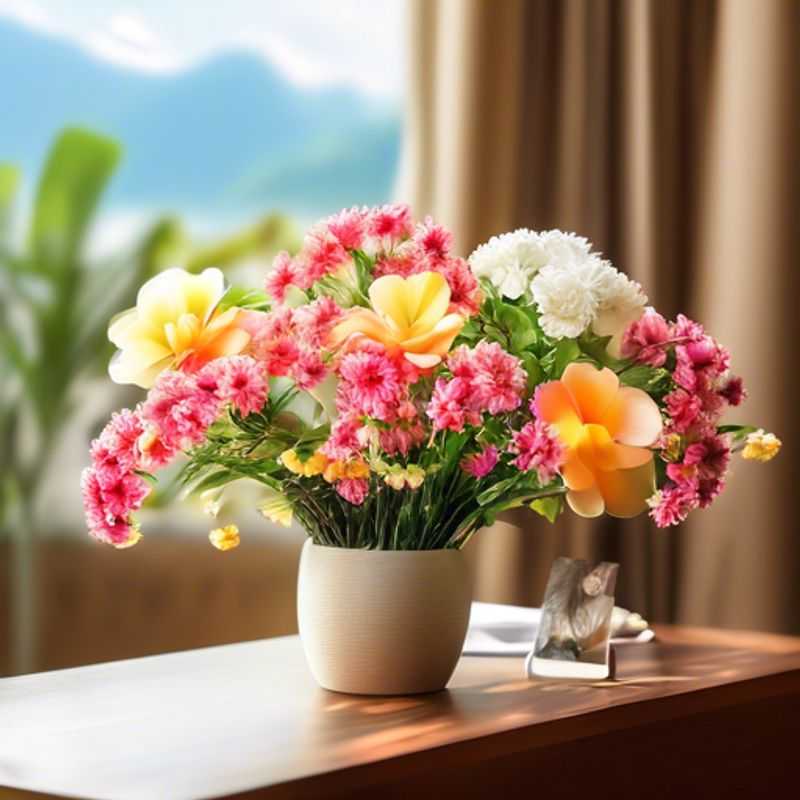
Silk vs. Plastic: Why Fabric Flowers Often Steal the Show
Silk or fabric flowers, compared to their plastic counterparts, often boast a more realistic appearance due to their inherent qualities. Silk flowers, crafted from real silk fabric, closely mimic the texture and drape of natural blooms. The material's delicate fibers and inherent sheen allow for intricate detailing, capturing the subtle variations in petals and leaves.
Fabric flowers, while not always made from silk, utilize various textile materials to achieve a lifelike effect. These fabrics are carefully chosen for their texture, color, and ability to mimic the appearance of natural flowers. The manufacturing process often involves techniques like dyeing, printing, and embroidery to create a high degree of realism.
In contrast, plastic flowers, despite their affordability, often lack the natural depth and complexity of silk or fabric flowers. Their rigid, synthetic material fails to capture the delicate textures and variations found in real blooms. While advancements in plastic flower technology exist, the inherent limitations of the material make them less realistic overall.
The choice between silk or fabric flowers often depends on the specific application and personal preferences. For events, weddings, or home decor, silk or fabric flowers are frequently chosen for their elegance and realism. Their longevity, ease of maintenance, and ability to withstand the elements make them a practical choice for long-term displays.
While plastic flowers offer convenience and affordability, silk or fabric flowers surpass them in terms of visual appeal and realistic representation, making them a preferred option for those seeking a touch of natural beauty and lasting elegance.
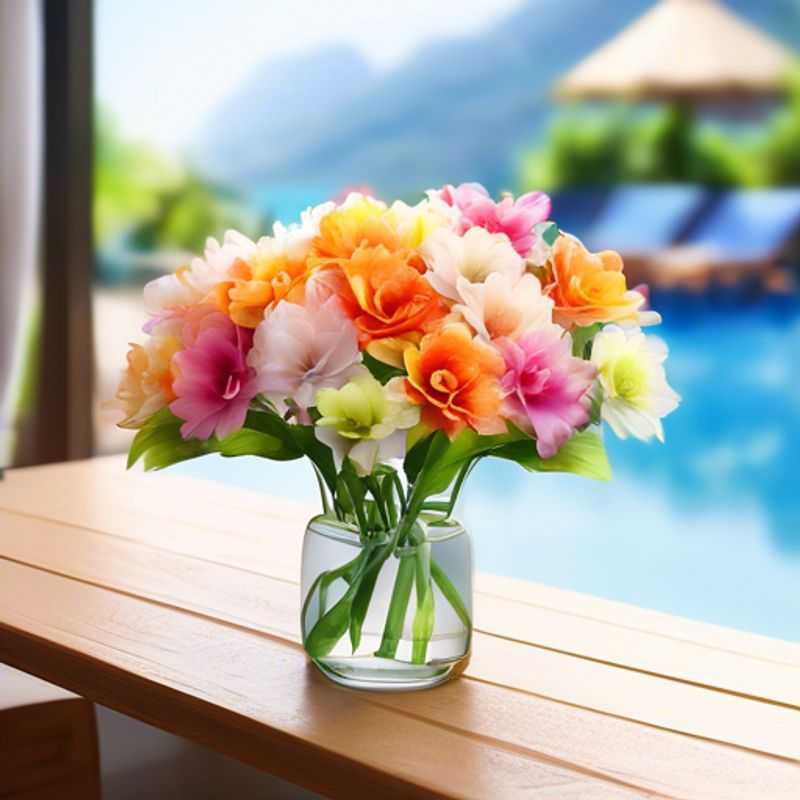
Scaling Beauty: Choosing Flowers That Fit Your Space
When planning your flower arrangements, consider the size and scale of the flowers to fit your space. A large bouquet might overwhelm a small room, while delicate blooms might get lost in a spacious area. Think about the proportions and create a visual balance that complements your environment.
Measure the space where you plan to display your flowers. Consider the height, width, and depth of the vase or container you'll use. Don't underestimate the importance of scale. A small bouquet in a large vase can appear sparse, while a large bouquet in a small vase can appear overcrowded.
Factor in the size of the flowers themselves. Some flowers, like sunflowers or lilies, are naturally large and require more space. Others, like baby's breath or carnations, are smaller and can be arranged in tighter spaces. Choose flowers that complement the dimensions of your space.
A general rule of thumb is to select flowers that are approximately one-third the size of the vase or container. This provides a visually pleasing ratio. However, this is just a starting point and you can always adjust the size of your flowers based on your preferences and the overall aesthetic you're aiming for.
Remember, this is just a general guide. You can always experiment with different sizes and scales to find what works best for you. Ultimately, the goal is to create an arrangement that is both visually appealing and proportionate to your space.
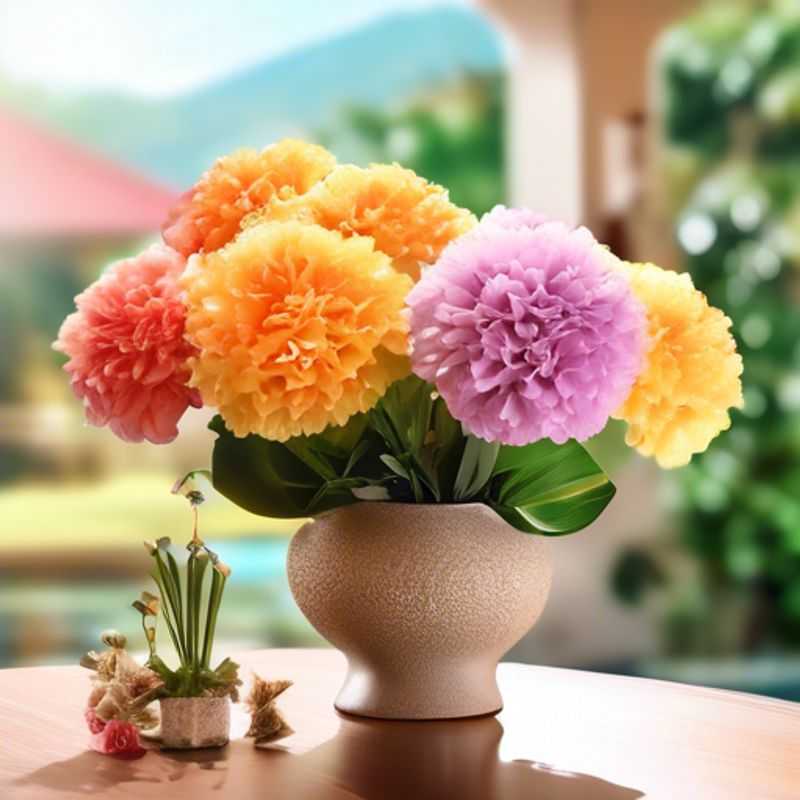
UV-Resistant Blooms: Choosing Flowers for Sunny Spots
When selecting flowers for sunny spots, consider UV-resistant varieties. Direct sunlight can quickly fade and damage delicate petals. UV-resistant flowers are bred to withstand the sun's harsh rays, retaining their vibrant colors longer. These flowers are often found in varieties with thick petals, dense pigmentation, and a waxy coating that helps protect them from UV radiation. While the exact cost for these flowers may vary depending on the species and where they are purchased, they are generally priced in the same range as other varieties.
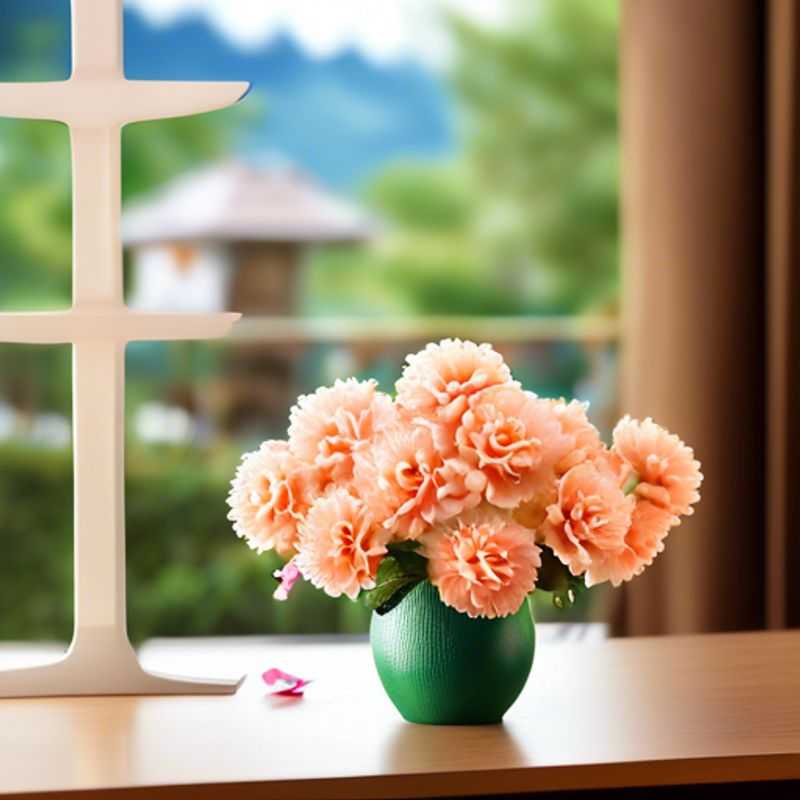
Keeping Artificial Flowers Fresh: Dusting and Cleaning for Long-Lasting Beauty
Artificial flowers, while beautiful and long-lasting, require regular maintenance to keep their vibrant appearance. Dust and dirt can accumulate on their delicate surfaces, dulling their colors and making them look faded. To prevent this, it's essential to clean your artificial flowers regularly.
The best way to clean artificial flowers is with a soft, dry cloth. Gently wipe away any dust or debris. For stubborn stains, you can use a damp cloth, but be sure to avoid soaking the flowers in water, as this can damage them.
If your artificial flowers are made of delicate materials, like silk or fabric, you can use a hair dryer on a low setting to remove dust. Be careful not to hold the dryer too close to the flowers, as this can cause damage.
Regular cleaning will help your artificial flowers stay looking their best for years to come.
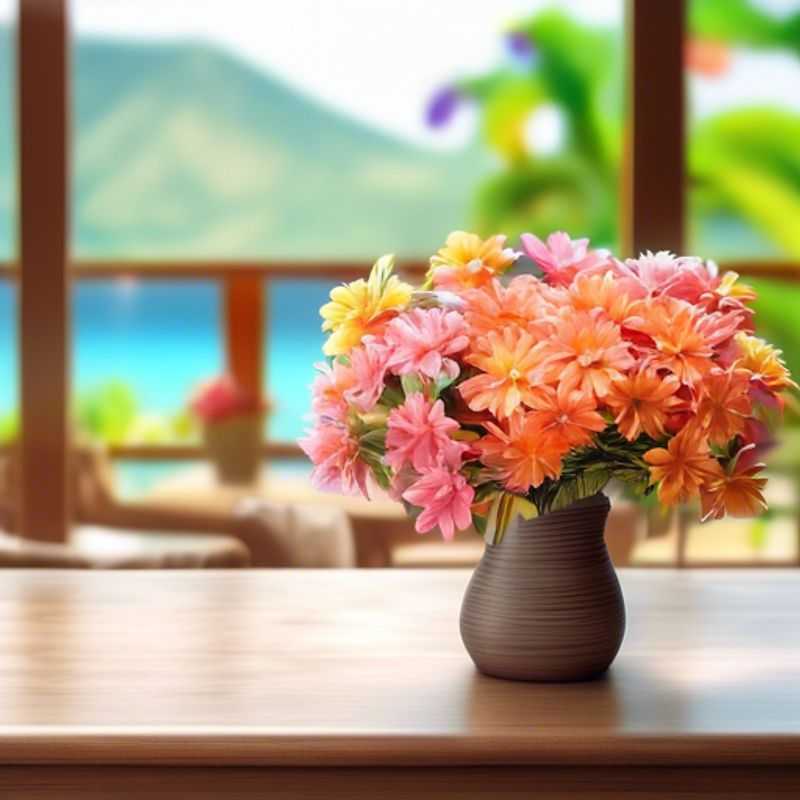
Crafting Authentic Beauty: Arranging Flowers for a Natural Look
Arranging flowers naturally takes practice, but understanding the fundamentals can elevate your displays. The key is to emulate nature. Think about how flowers grow in a meadow or garden. Vary heights, grouping similar blooms together. Stagger stems, so they don't all emerge from the same point, creating a more organic feel. Mix textures and colors. This adds visual interest and helps create a cohesive look. Consider the container - a simple vase allows the flowers to be the focal point. Use greenery to add depth and texture. Trim stems at an angle to help them absorb water better. Don't be afraid to experiment. Try different combinations of flowers, foliage, and containers. With practice, you'll create beautiful and authentic displays.
